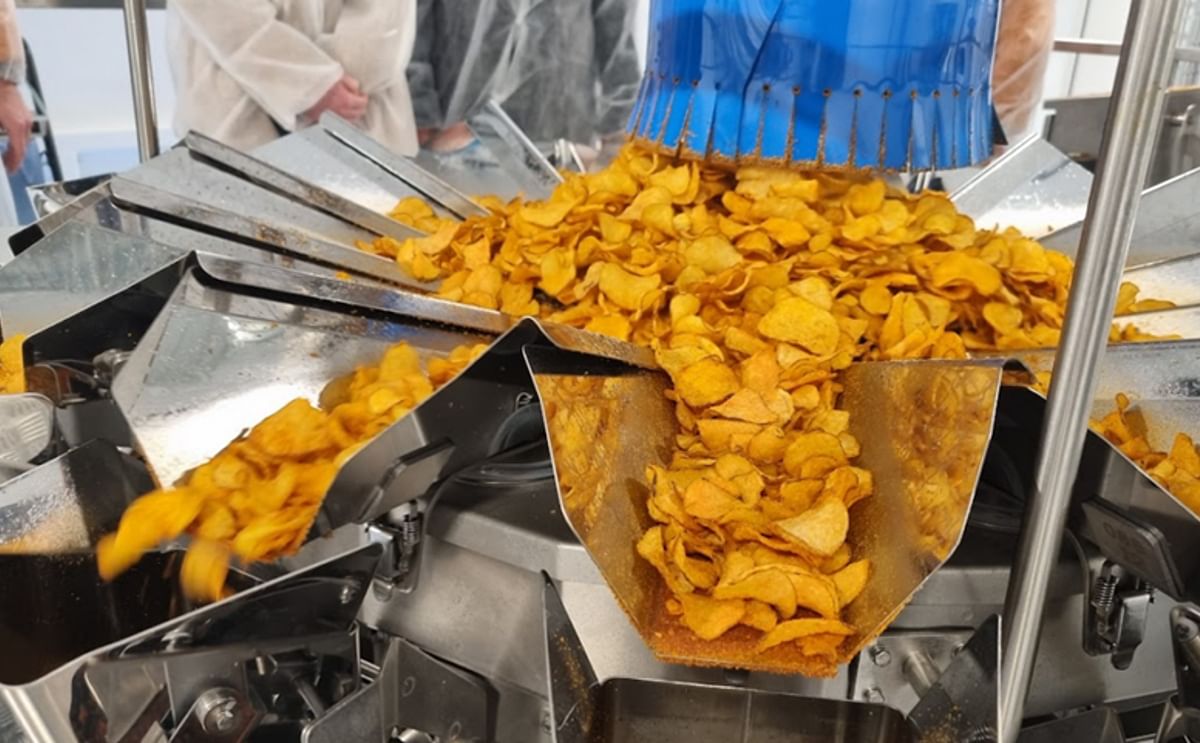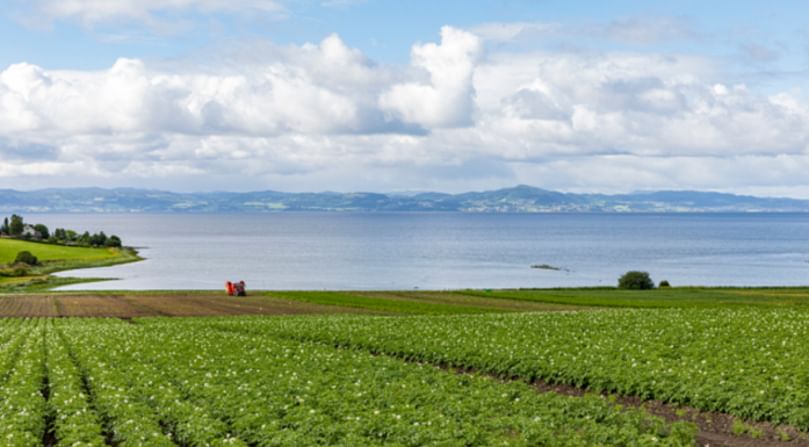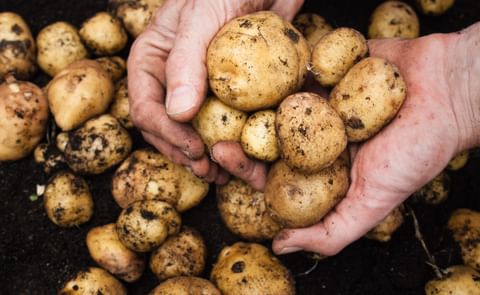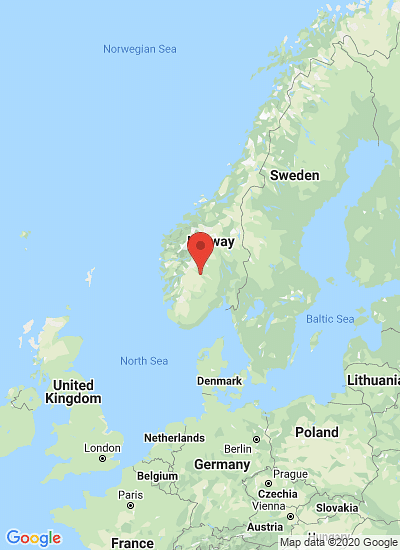Fresh deep-fried crisps from Frosta in Trøndelag. Probably the healthiest crisps on the planet. Courtesy: Lars Bugge Aarset
Norwegian research for the best potato for potato chips

Researchers in Norway investigated the best way to avoid the formation of acrylamide when producing potato chips. They focused in particular on identifying the most suitable potatoes to use. Acrylamide can form in certain types of food when it is cooked at high temperatures. Its formation should be avoided, as acrylamide is classified as a probably carcinogen in humans.
The acrylamide content in potato chips is influenced by factors such as the potatoes themselves, storage conditions and the heat treatment process.
Researchers have been looking into acrylamide together with the food packing company Produsentpakkeriet in Frosta, north-east of Trondheim, Norway.
Solveig Uglem, Researcher at SINTEF:
 Reducing food waste and boosting quality
Reducing food waste and boosting quality
According to the research team, this project has provided them with new knowledge about the best ways of storing potatoes in order to reduce food waste. It has shown them how to achieve optimum crisp quality and minimise the risk of acrylamide formation.
The results demonstrate that three key factors are involved:
As part of a three-year study, the researchers have also been looking into the use of simple methods of measuring the sugar content of potatoes.
Such measurements, taken both before and after harvesting and while the potatoes are in storage, are important for ensuring that sugar levels are sufficiently low to enable the potatoes to be made into crisps.
The team discovered that measurements of sucrose and aspartic acid contents in potatoes offered the best indicators of the acrylamide levels that crisps will obtain after deep frying.
Erlend Indergård, who has been participating in the project:
So far, the method has been well received by potato growers. By measuring the glucose content, they can get an indication as to whether or not their potatoes are right for harvesting. It is both unsustainable, and can result in major financial loss, if a batch of potatoes has to be rejected because sugar levels are too high.
Potato growers should thus be encouraged to keep track of the glucose content in their crop both immediately after harvesting and during storage. This will enable them to take action if they observe any changes in quality.
The acrylamide content in potato chips is influenced by factors such as the potatoes themselves, storage conditions and the heat treatment process.
Researchers have been looking into acrylamide together with the food packing company Produsentpakkeriet in Frosta, north-east of Trondheim, Norway.
Solveig Uglem, Researcher at SINTEF:
"Here we face an additional challenge because colder growth conditions often mean that less mature potatoes are used to make crisps. Less mature potatoes contain more sugar, and this can lead to a higher acrylamide content in the crisps that we make from them."

Frosta in Trøndelag is in the heart of ‘potato country’. The climate here is relatively cold, and this places demands on potato storage, which has to be just right in order to avoid the formation of acrylamides during frying or baking. Courtesy: Lykt Foto og Film
According to the research team, this project has provided them with new knowledge about the best ways of storing potatoes in order to reduce food waste. It has shown them how to achieve optimum crisp quality and minimise the risk of acrylamide formation.
The results demonstrate that three key factors are involved:
- Use of the right kind of potato
- Achieving the correct maturity before harvesting
- Achieving a correct and tailored storage temperature
As part of a three-year study, the researchers have also been looking into the use of simple methods of measuring the sugar content of potatoes.
Such measurements, taken both before and after harvesting and while the potatoes are in storage, are important for ensuring that sugar levels are sufficiently low to enable the potatoes to be made into crisps.
The team discovered that measurements of sucrose and aspartic acid contents in potatoes offered the best indicators of the acrylamide levels that crisps will obtain after deep frying.
Erlend Indergård, who has been participating in the project:
"However, this method is slow and requires the use of expensive instruments. We’ve found that measuring glucose concentrations using a blood sugar meter that anyone can purchase at a local pharmacy offers a quicker and more accessible means of getting an indication of whether a potato’s sugar content is too high."Thumbs up from farmers
So far, the method has been well received by potato growers. By measuring the glucose content, they can get an indication as to whether or not their potatoes are right for harvesting. It is both unsustainable, and can result in major financial loss, if a batch of potatoes has to be rejected because sugar levels are too high.
Potato growers should thus be encouraged to keep track of the glucose content in their crop both immediately after harvesting and during storage. This will enable them to take action if they observe any changes in quality.
Like to receive news like this by email? Join and Subscribe!
NEW! Join Our BlueSky Channel for regular updates!
Highlighted Company
Sponsored Content
Sponsored Content
Sponsored Content
Sponsored Content
Sponsored Content







